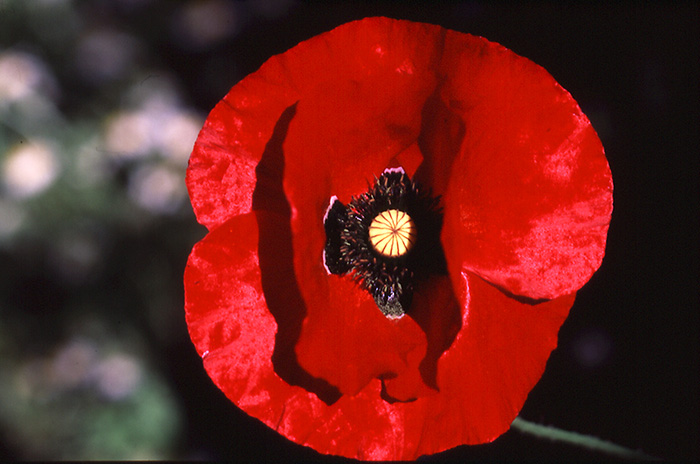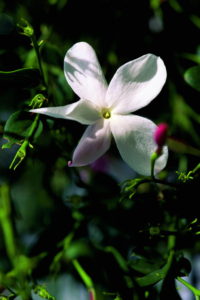 JASMINE (Jasminum officinale L.)
JASMINE (Jasminum officinale L.)
Called yasamin in al-Andalus. Shrub of very aromatic white flowers, specially at dusk. It is mentioned in the Calendar of Cordoba, in which it is advised to cover jasmine during the month of November to avoid the frost. According to Abu-l-Jayr, in al-Andalus there were different varieties of jasmine: of white and yellow flower, cultured and wild. These were called zayyan (Jasminum fruticans). A Middle Eastern author insists on the importance of always preserving jasmine from ice and snow.
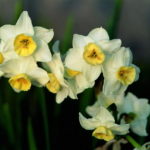 WHITE NARCISSUS (Narcissus. Several species)
WHITE NARCISSUS (Narcissus. Several species)
Under the generic name of narcissus several species are mentioned. In al-Andalus the white narcissus was called al bahar. The Calendar of Cordoba mentions the narcissus, indicating that the earliest varieties bloom already in January. Ibn al-Awwam offers advice in its “Book of Agriculture”, to obtain double flowers. He suggests to inlay in the bulb of the narcissus before planting it bits of unpeeled garlic. If you wish to obtain a greater fragrance and very green leaves, garlic still must be green and fresh, and the bulb must be planted in very humid soil.
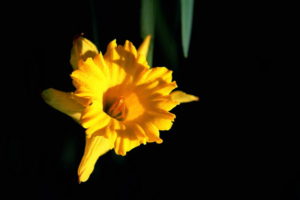 YELLOW NARCISSUS (Narcissus psd. L.)
YELLOW NARCISSUS (Narcissus psd. L.)
In al-Andalus, naryis. It is a plant of a single flower at the end of each stem (bohordo), 4 to 5 cm in width and of pale yellow colour. According to Abu-l-Jayr, the yellow narcissus stands next to the rain tanks, because it agrees with water, and thrives in humid and mountainous places. It is a plant abundantly referenced in al-Andalus, mentioned often in works by Ibn Bassal, Ibn al-Awwam and Ibn Luyun. Ibn al-Awwam affirms that it is of Macedonian origin, resembles a pipe (meaning the bucket of a chain dump), and exhales a pleasant aroma.
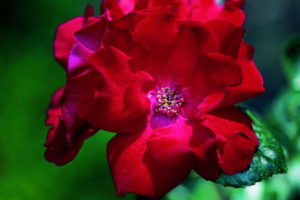 ROSES (Rosa spp. Applied to many species)
ROSES (Rosa spp. Applied to many species)
Called ward in al-Andalus. From China to the Middle East, wild roses were cultivated and modified to obtain a great variety of aromatic species. These grafting techniques greatly increased the variety of roses ad infinitum: Rosa gallica L., or red rose (in al-Andalus ward al ahmar). Rosa damascene Miller, or rose of Alexandria (in al-Andalus ward yuri). Rosa alba L., or white rose (in al-Andalus ward al-abyad), etc… The Calendar of Cordoba mentions them in diverse occasions.
Of all of them, the rose of Alexandria is the one that provides by distillation the most aromatic water. This perfume was very appreciated in al-Andalus, and it was used in royal receptions, as it is frequently mentioned in historical chronicles.
Source: Exhibition Gardens of al-Andalus. Islamic Culture Foundation.
This post is available in: English Español

